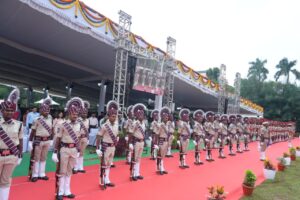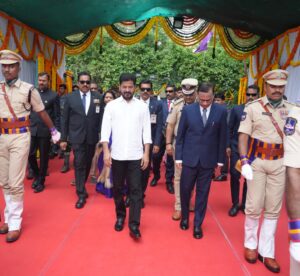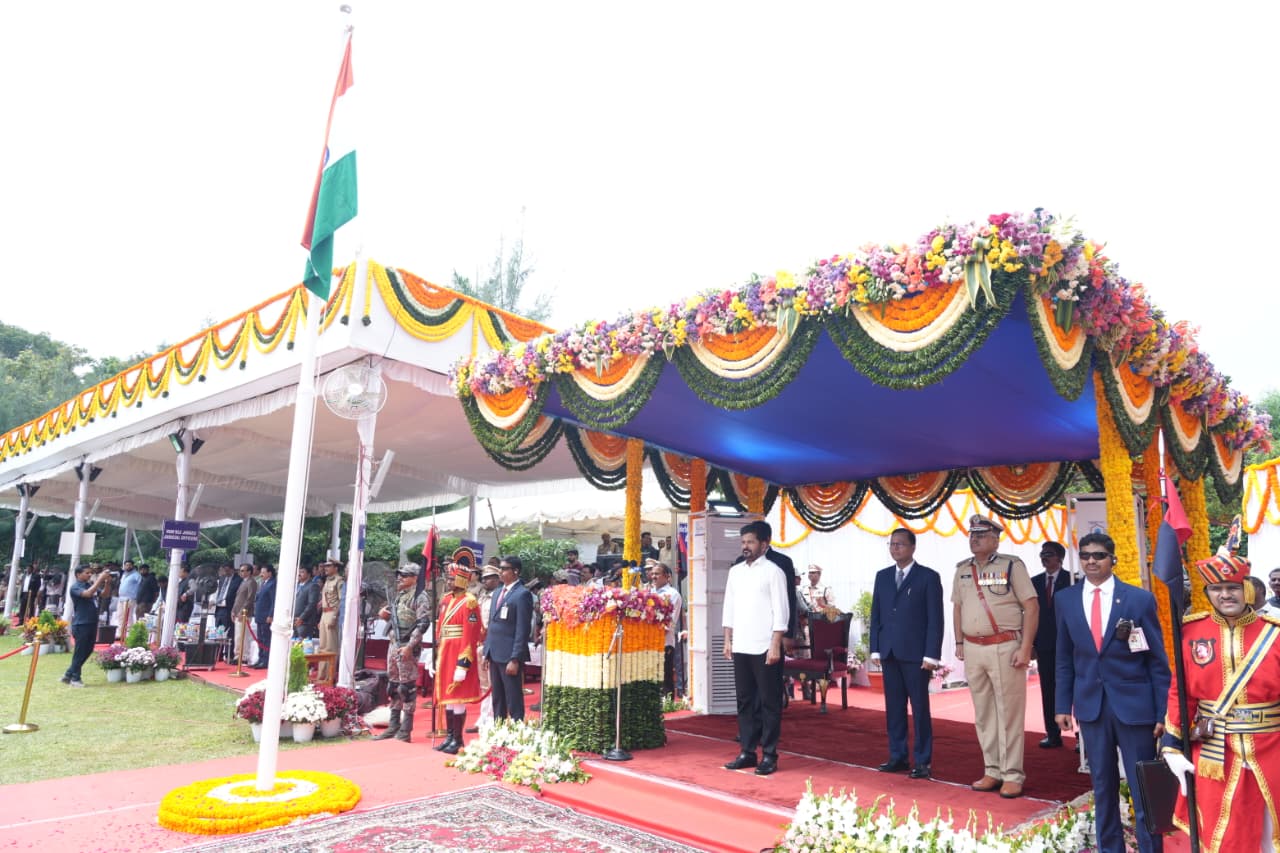Hyderabad: September 17 marks a significant chapter in the history of Hyderabad and Telangana. On this day in 1948, following Operation Polo, Hyderabad was liberated from the Nizam’s rule and integrated into the Indian Union. However, decades later, the celebration of this historic event continues to spark political debate, revealing how history and politics intersect in Telangana.
A Historical Milestone with Contemporary Complexity
The liberation of Hyderabad was not just a military operation; it symbolized the end of feudal rule and the assertion of democratic governance in the region. It laid the foundation for the modern political landscape of Telangana. Yet, despite its historical importance, successive governments have struggled to determine how to commemorate the day, reflecting underlying political calculations.
Under the previous BRS government, official celebrations were deliberately muted, with an emphasis on avoiding overt ceremonial events. The approach seemed cautious, focusing on administrative acknowledgment rather than public spectacle, perhaps to maintain political neutrality or avoid reigniting historical debates.

In contrast, the BJP has embraced the day as “Hyderabad Liberation Day”, using it to assert a patriotic narrative of freedom from feudal rule. However, despite their bold stance, the party’s political influence in Telangana remains limited, making grand celebrations more symbolic than politically impactful.
Meanwhile, the Congress, under the leadership of CM Revanth Reddy, has chosen a nuanced approach, officially celebrating the day as “Praja Palana Dinotsavam” (People’s Governance Day). This designation shifts the focus from military conquest to democratic governance, citizen empowerment, and public administration, offering a politically inclusive narrative that resonates across diverse communities.
Politics Meets History
The contrasting approaches reveal a deeper political strategy. BJP emphasizes historical liberation, appealing to nationalist sentiment. Congress highlights governance, promoting its current administrative agenda and portraying itself as a custodian of people’s welfare. BRS, on the other hand, remains cautious, avoiding controversy while focusing on development-centric governance narratives.
This divergence underscores how historical events are not just remembered—they are interpreted and repurposed to serve contemporary political objectives. By renaming the day as Praja Palana Day, Congress aims to balance historical recognition with current political messaging, projecting itself as both respectful of history and committed to modern governance.

Public Perception and Cultural Resonance
For citizens, the day is more than a political statement. It is a reminder of Telangana’s transition from feudal rule to democratic empowerment, a narrative that can be celebrated culturally, educationally, and socially. The way it is commemorated—whether as Hyderabad Liberation Day or Praja Palana Day—affects collective memory, civic pride, and political discourse.
Conclusion
September 17 in Telangana today is more than a historical anniversary; it is a reflection of contemporary politics, governance priorities, and cultural identity. The choices made by different parties—BJP’s focus on liberation, Congress’s emphasis on governance, and BRS’s caution—highlight how history continues to shape, and be shaped by, modern political narratives. For citizens and historians alike, the day serves as a reminder that how we commemorate history is as significant as the history itself.


